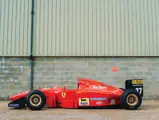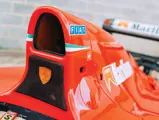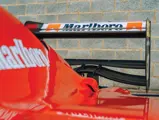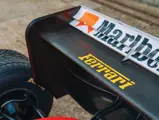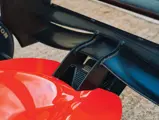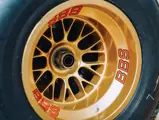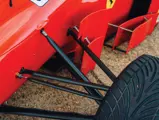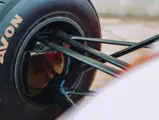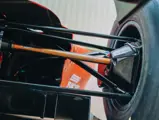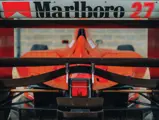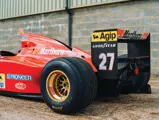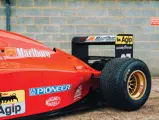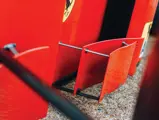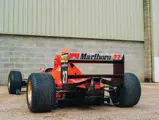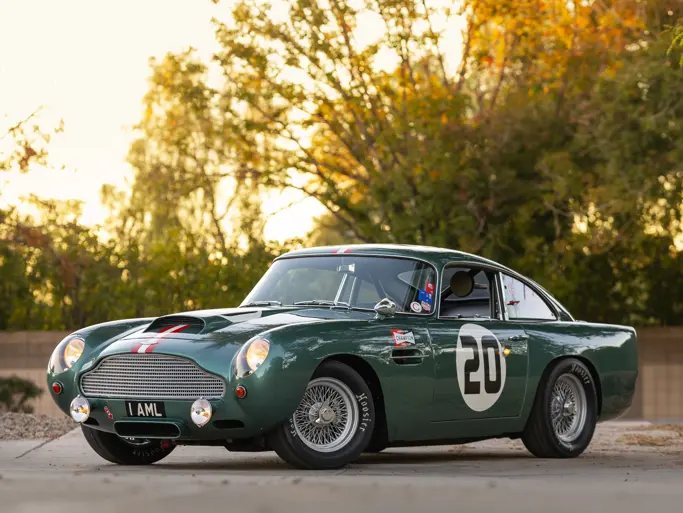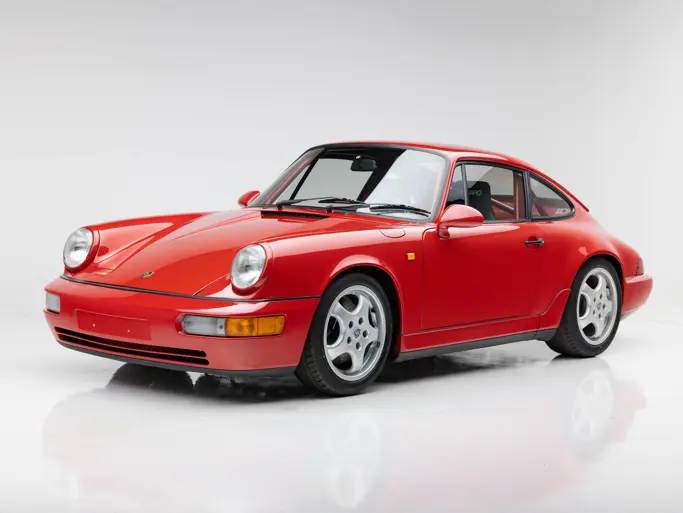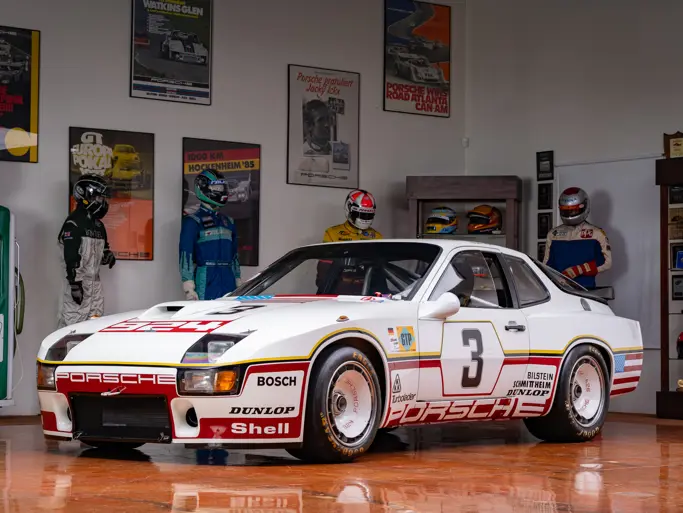
1994 Ferrari 412 T1
{{lr.item.text}}
£1,500,000 GBP | Sold
Offered from the Autobau Collection
{{bidding.lot.reserveStatusFormatted}}
- Offered from the Autobau Collection
- Driven by Jean Alesi to 3rd place in the 1994 Brazilian GP, and by Gerhard Berger to 2nd place in the 1994 Italian GP
- Ferrari Classiche–certified
- Accompanied by two spare sets of wheels, external starter motor, tyre blankets, and jacks
By the end of the 1993 Formula One season, tempers were fraying at Ferrari. Ten years had passed since their last World Constructors’ Championship and some 14 since their last Drivers’ title. Perhaps even more perplexing was the fact that three long years had passed without a single Grand Prix victory, a succession of handsome yet temperamental and hopelessly unreliable cars ultimately falling way short of expectations. The combined 1992 and 1993 seasons said it all: From 64 race starts, the Scuderia’s cars had reached the finish only 28 times, netting just four 3rd places and one 2nd.
Clearly, change was required, although the popular—if contrasting—driver pairing of Gerhard Berger and Jean Alesi was retained for 1994 to ensure at least a modicum of continuity. Ferrari president Luca di Montezemelo rightly focused on the team’s inherent technical shortcomings instead, immediately setting about securing the services of former Ferrari technical director John Barnard and incumbent Peugeot sporting director Jean Todt. Both arrived too late in the year to be able to exert any significant influence over the 1993 season, but Barnard immediately set about designing the 1994 car, while incoming team principal Todt concentrated on restructuring the race team and streamlining some of the notoriously slow Ferrari production and decision-making processes.
Unlike its radical predecessor, the F93A, the new car—officially named 412 T1, due to its four-valve V-12 engine and transverse gearbox—was broadly conventional in its layout. A longer wheelbase made the car far more forgiving to drive, whilst the replacement of the somewhat ambitious five-valve cylinder heads used the previous year significantly enhanced reliability. The addition of highly rated Austrian designer Gustav Brunner to the design team, coupled with Todt’s manifold organisational improvements, led to a newly reactive philosophy within the team, and several significant engineering and aerodynamic updates were forthcoming throughout the 1994 season.
This particular car, the second of eight 412 T1s constructed, was sent to the first round of the 1994 World Championship in Brazil with Alesi nominated to drive. In qualifying, the charismatic French-Sicilian gave a much-needed boost to team morale with a promising 3rd place on the grid—albeit almost one and a half seconds away from the pole-position time set by Senna’s Williams and over a second shy of Schumacher’s 2nd-placed Benetton. In the race, Alesi made an excellent start to pass Schumacher into the first corner, only to be re-passed by the German on the second lap. On lap 18 the Ferrari was demoted to 4th by the Williams of Damon Hill, where it would remain for much of the race, although an uncharacteristic spin into the gravel by the erstwhile Senna with only 16 laps remaining handed Schumacher the race win and promoted both Hill and Alesi to 2nd and 3rd, respectively. Although a podium finish was richly deserved, celebrations at the Scuderia were tempered by the fact that Alesi’s fastest race lap was almost exactly two seconds off that of race winner Schumacher—and that the wunderkind had managed to lap the entire field in a little over an hour and a half. Clearly there was still much catching up to do.
The mood of cautious optimism at Ferrari persisted throughout the middle part of the season, with the 412 T1 securing seven podium finishes in the next eight races. After a huge testing crash at Mugello, test driver Nicola Larini was drafted in to replace Alesi for the Pacific and San Marino Grand Prixes, the former’s 2nd place at Imola—following the deaths of Ratzenberger in qualifying and Senna in the race—representing a rare “good news” story on an otherwise bleak weekend for Formula One. Now benefitting from the new “043”-specification V-12 engine, with a wider vee angle and an accompanying increase in power, the returning Alesi took a valiant 2nd place at Silverstone, whilst in the German Grand Prix at Hockenheim, Berger scored the elusive race win in Germany, which the Scuderia had craved for so long.
Having been used as the team’s T-car for every grand prix since Brazil, 149 returned to action for the Italian Grand Prix at Monza in September, on this occasion with Berger driving. With Schumacher banned for two races following a black-flag transgression at Silverstone, the remainder of the grid had a chance to capitalise on his absence—which Ferrari most emphatically did with a hugely popular 1-2 in qualifying, Alesi taking pole position to record the Scuderia’s first front-row lockout at home in almost 20 years.
In the race, Alesi led away from the start and opened up a ten-second lead ahead of his teammate, only for his first pit stop to bring heartbreak, as his 412 steadfastly refused to select a gear. Despite his mechanics’ best efforts, he was out on the spot—Autosport supportively commenting that ‘his reaction was measurable on the Richter scale’. Following Alesi’s retirement, Berger took over the race lead in 149, although a slow pit stop dropped him to 3rd place behind the Williams of Hill and Coulthard. However, a degree of pride was salvaged for Ferrari when, cruelly, Formula One novice Coulthard’s car ran out of fuel on the final lap, handing 2nd place to the genial Austrian.
After Monza, 149 was used as a T-car one final time at the Portuguese Grand Prix in late September before returning to Maranello for retirement. It remained the property of the Scuderia until 2002, when it was sold to its first private owner. It was later purchased by the consignor for display in his private museum in Switzerland through Garage Foitek in 2013. During his ownership, 149 has been maintained in full running order and has been used for a number of track days. It remains immaculately presented and benefits from Ferrari Classiche certification, and its accompanying binder states that it is presently fitted with the early-specification “041” 65-degree V-12 engine. It would doubtless be a very welcome addition to the Ferrari Corse Clienti and other demonstration events to which it is ideally suited.

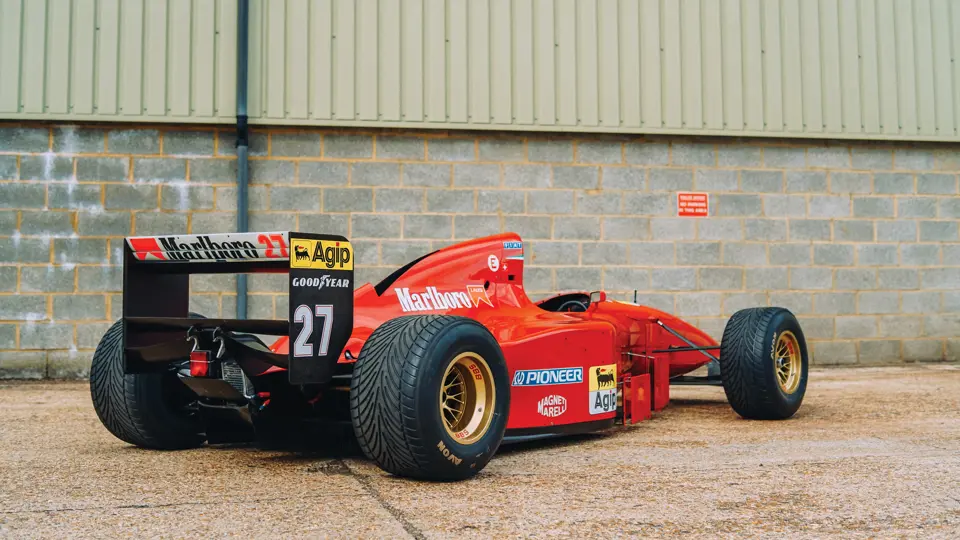
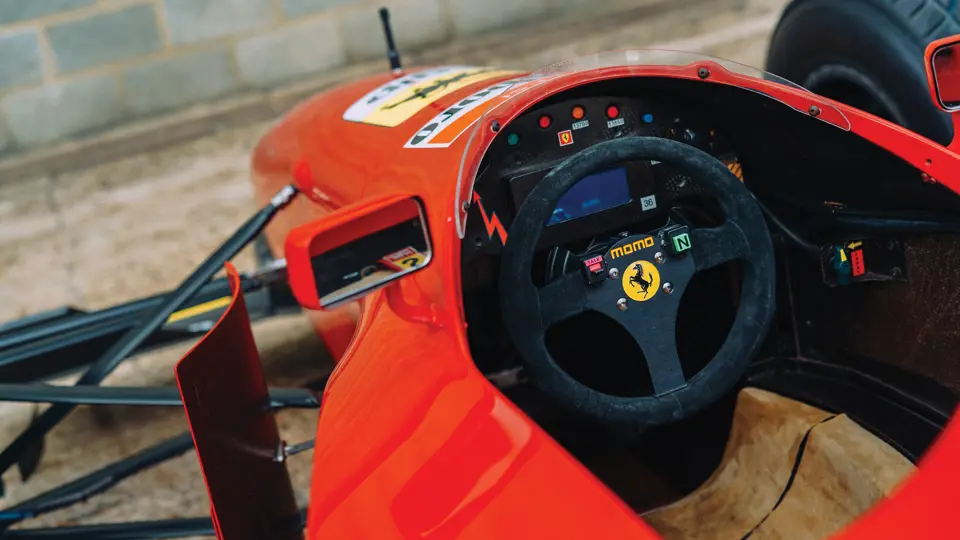

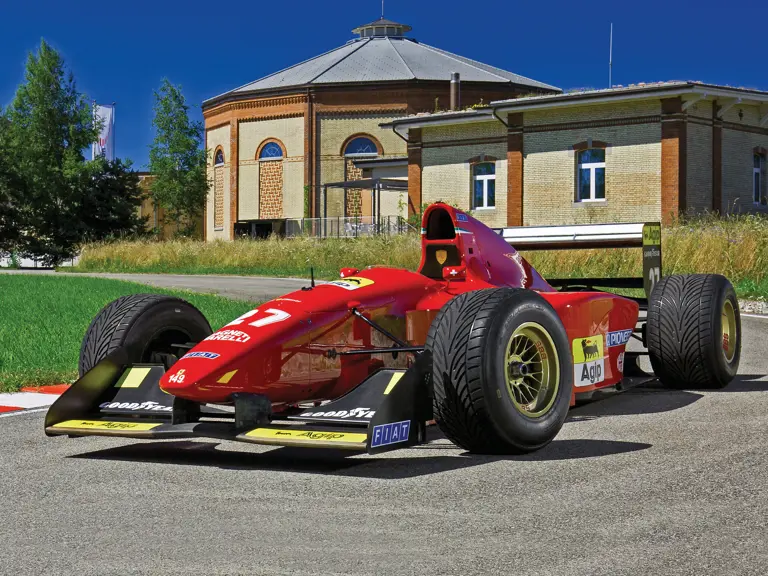

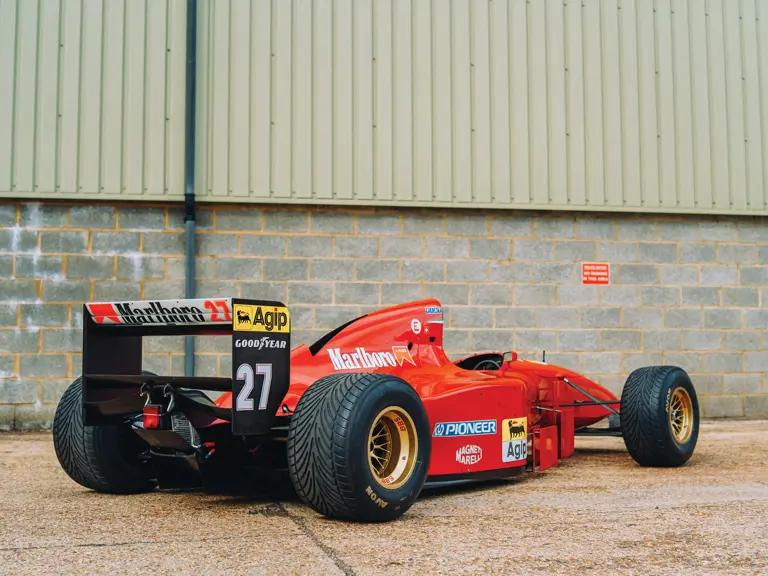
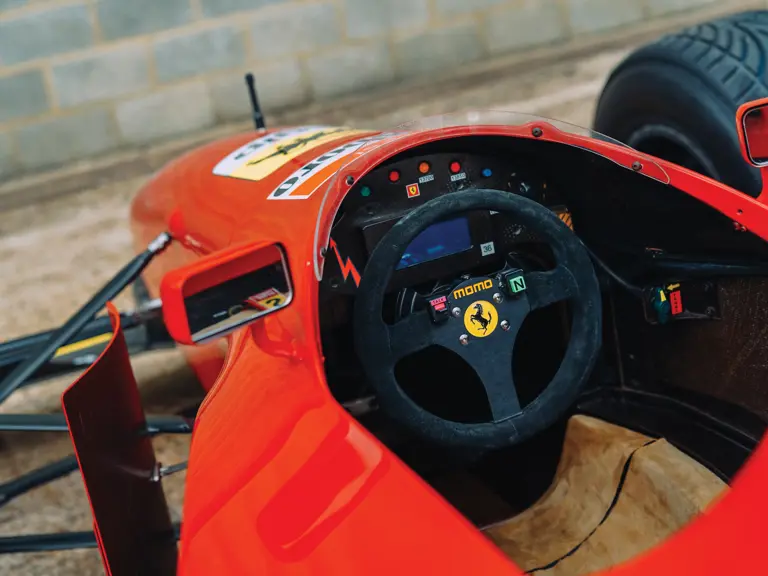
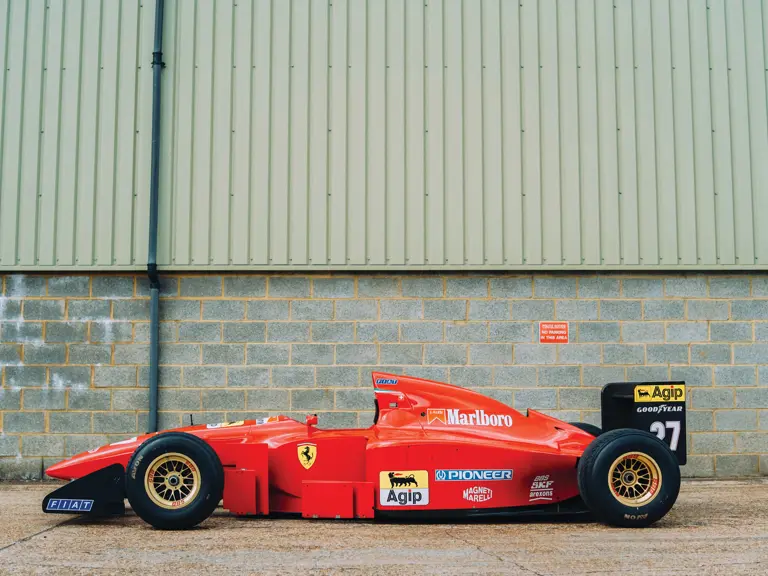
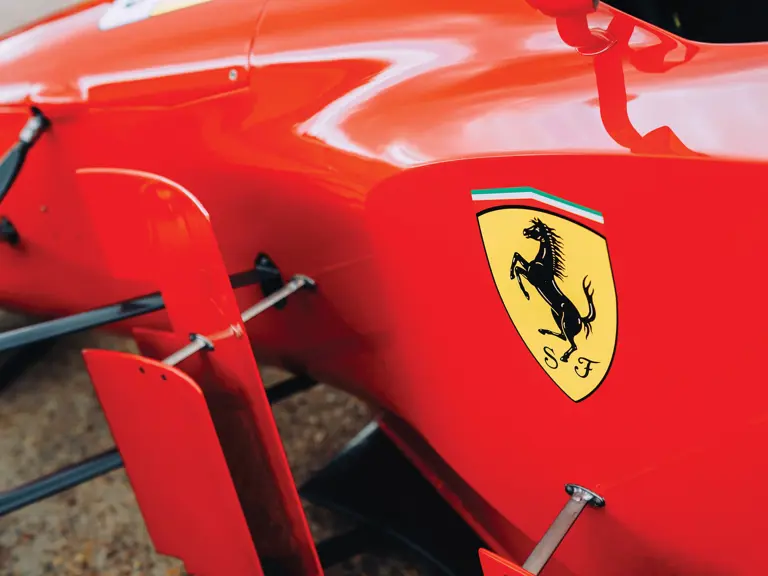

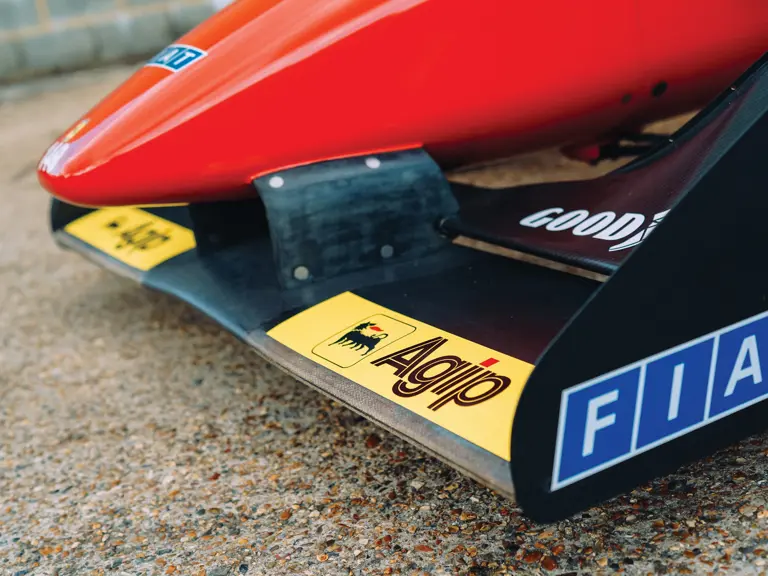
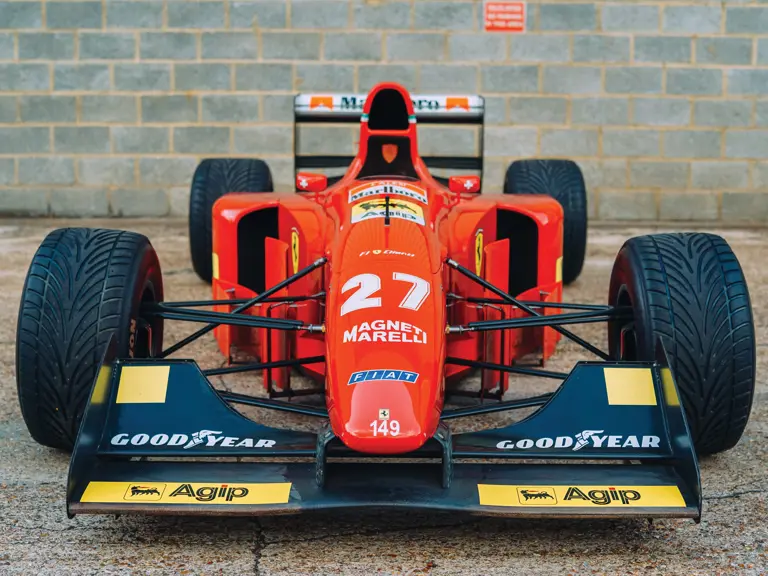



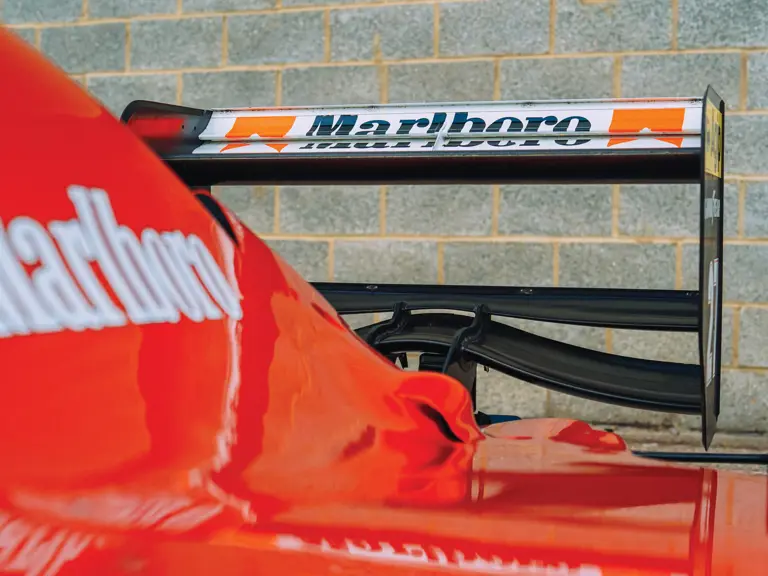
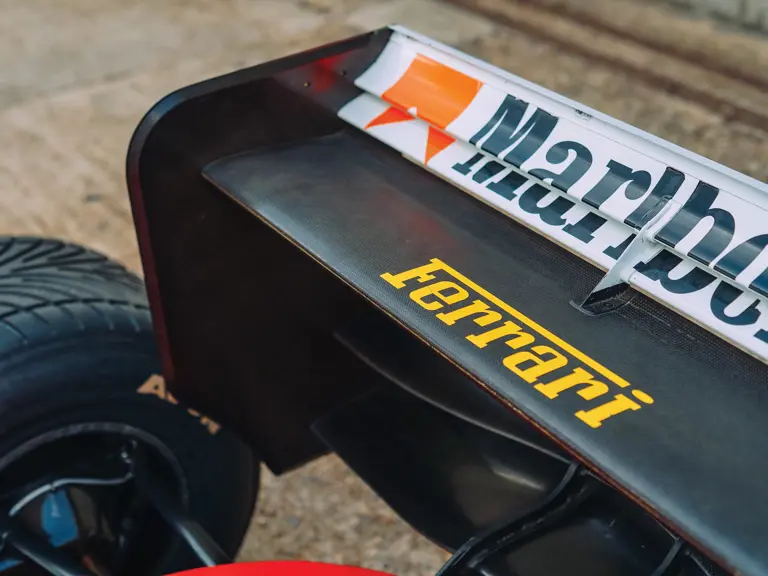
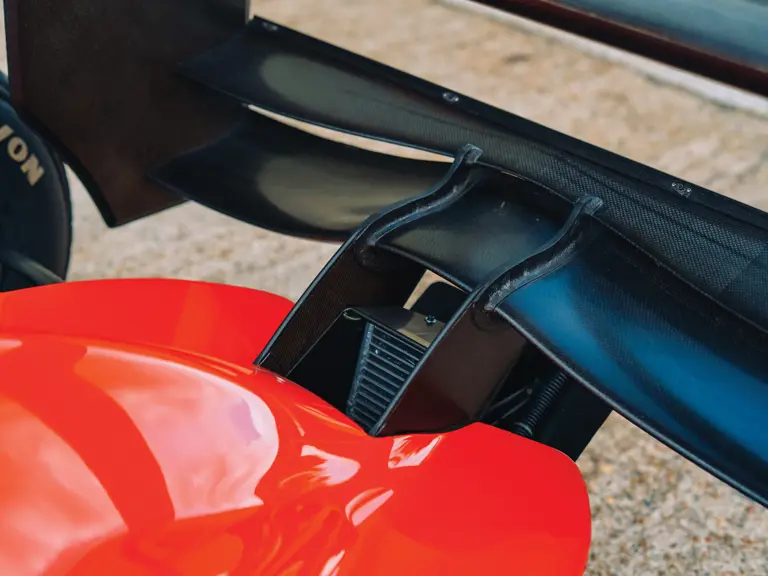

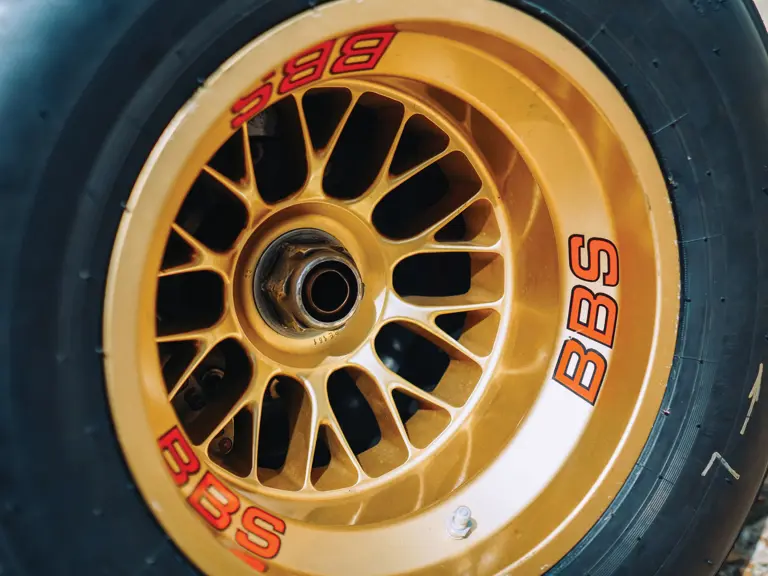
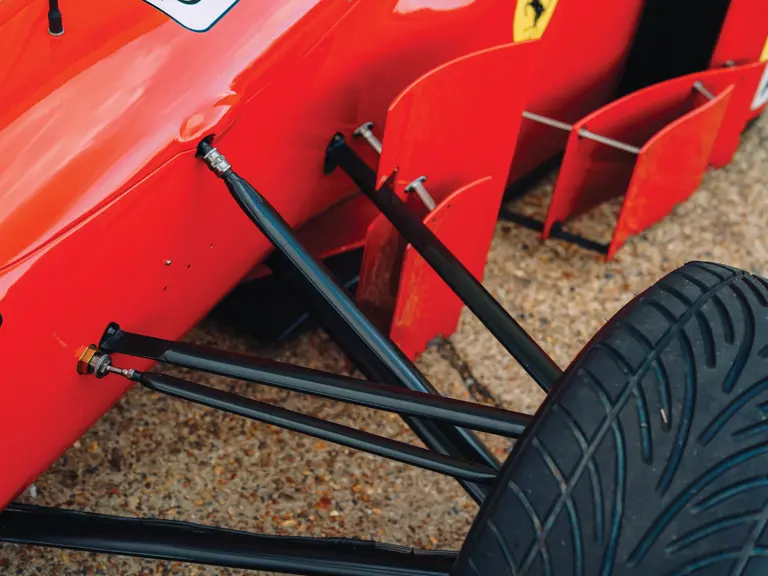
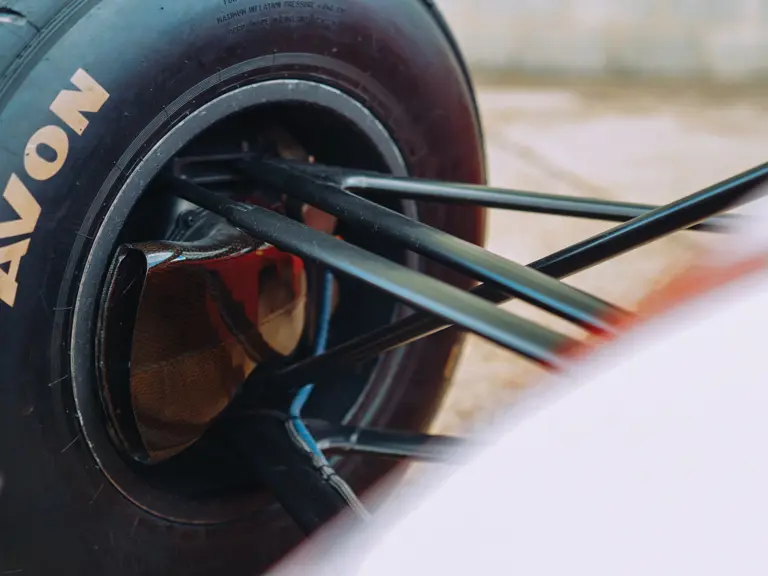
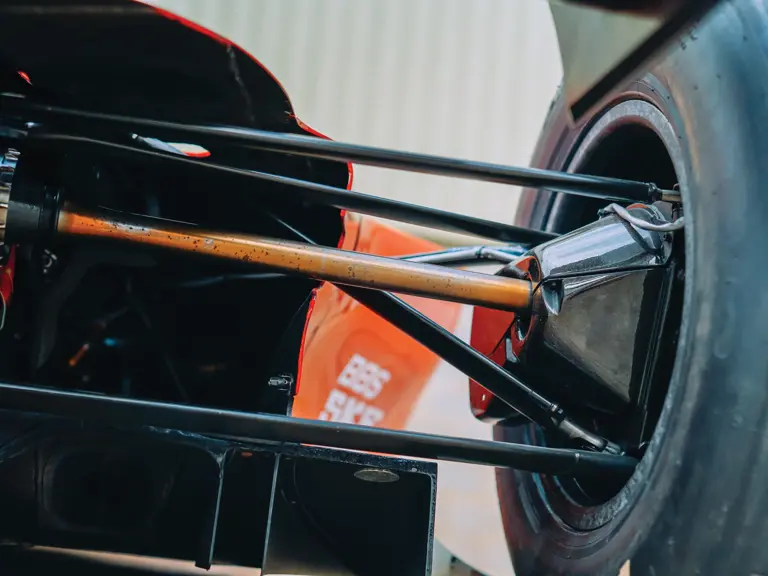
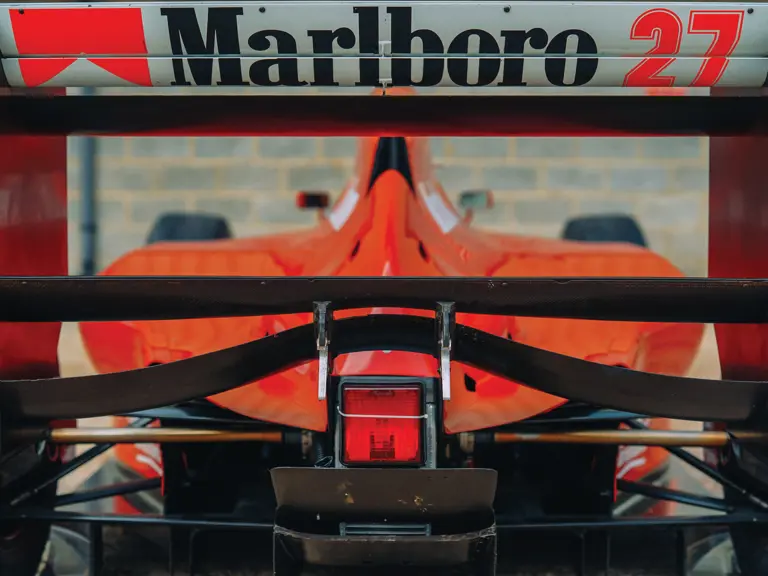
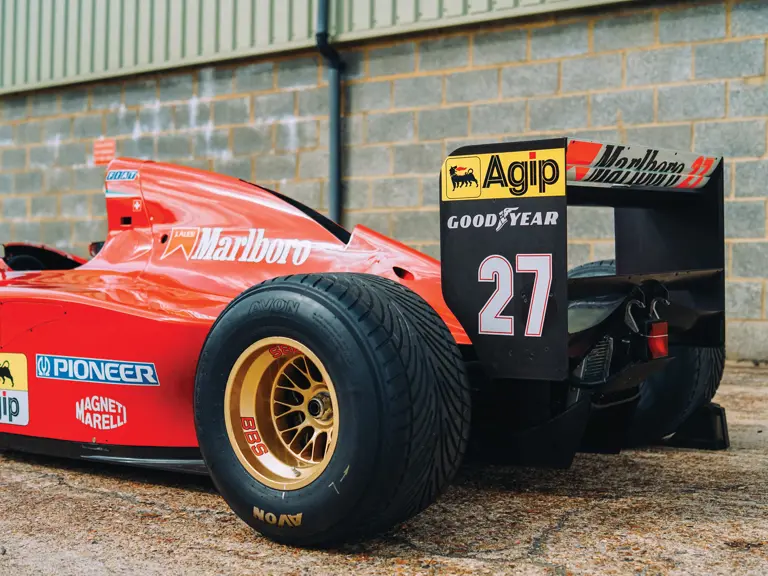
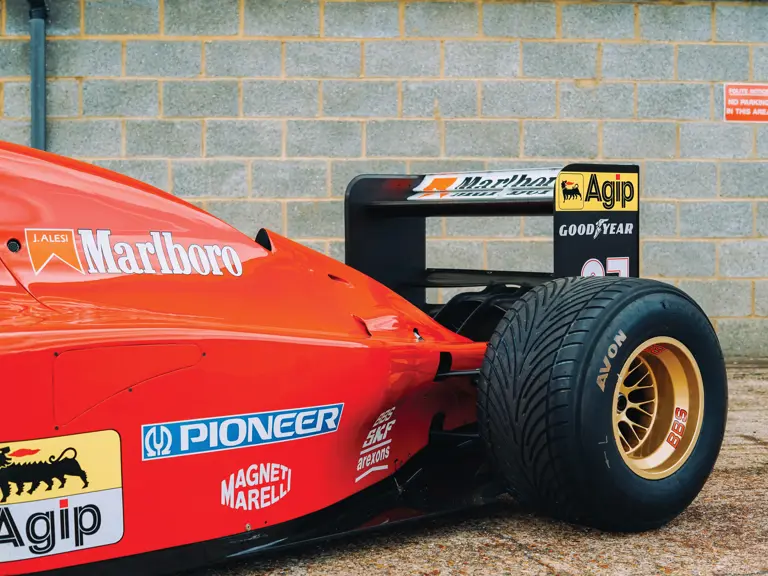
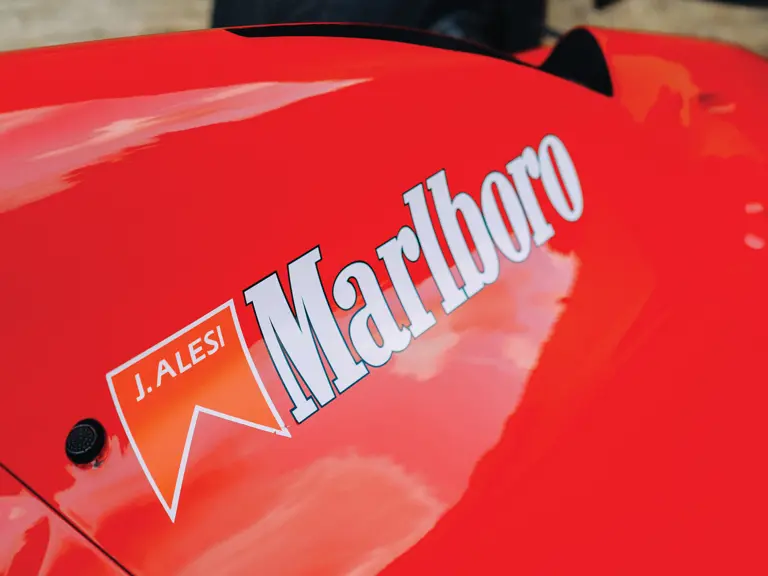
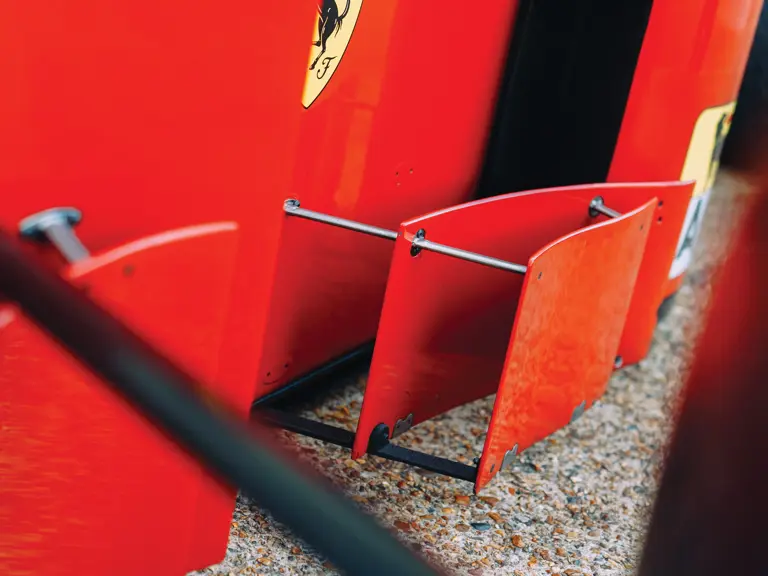
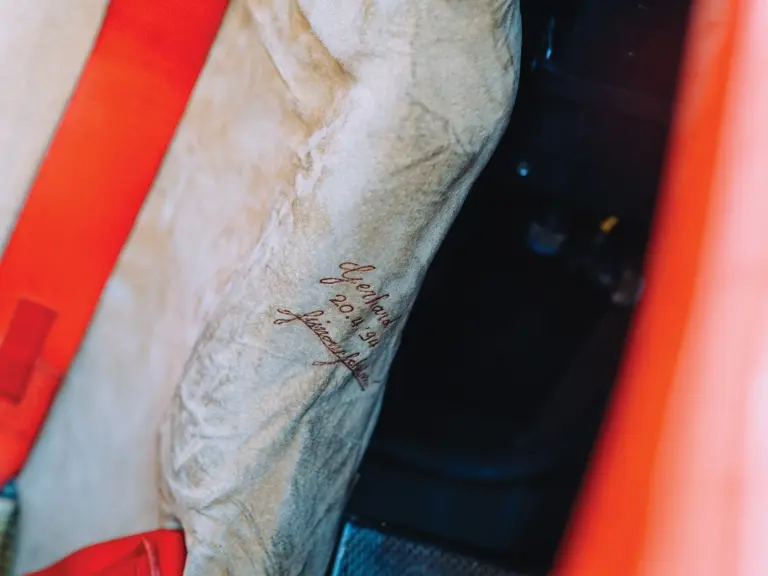
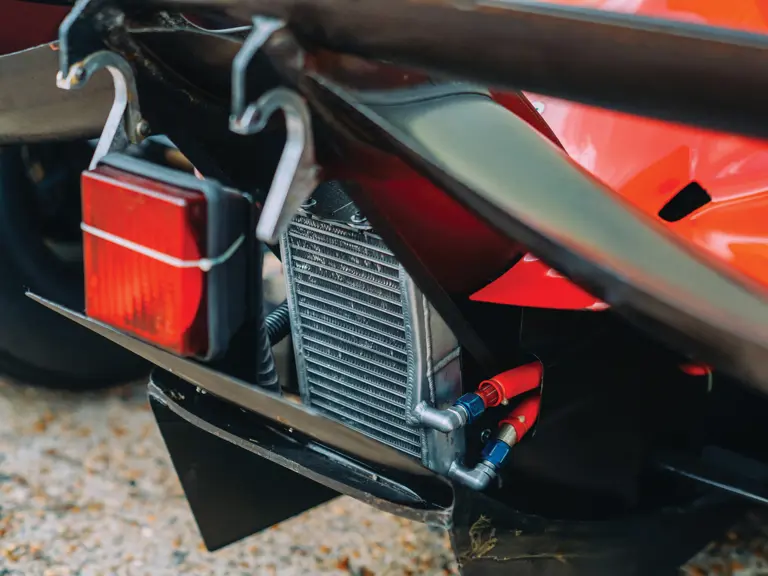
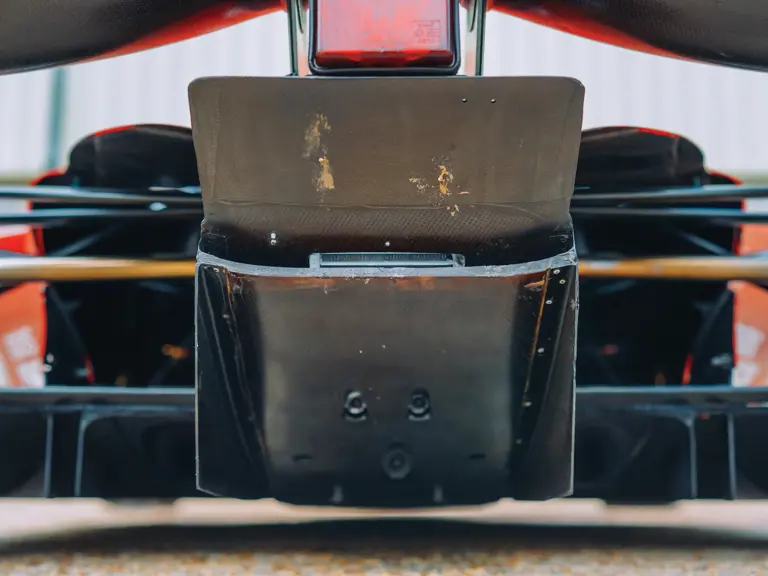
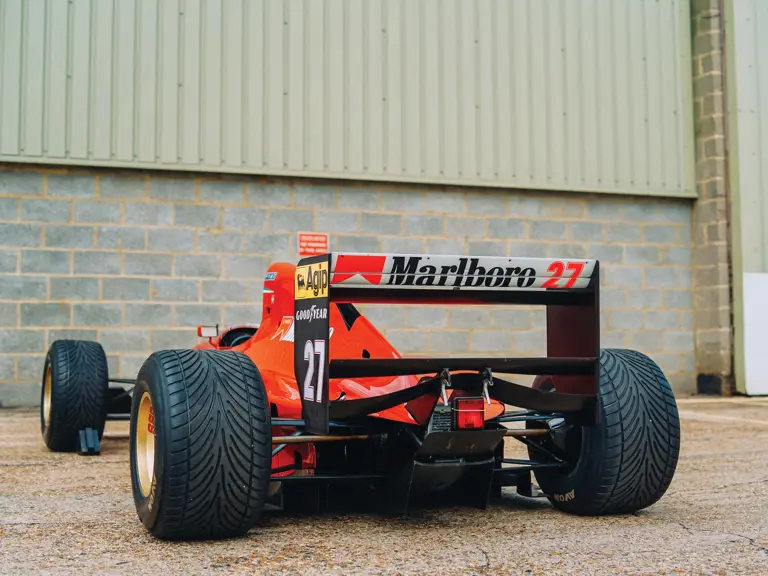
 | Kensington, London, United Kingdom
| Kensington, London, United Kingdom



